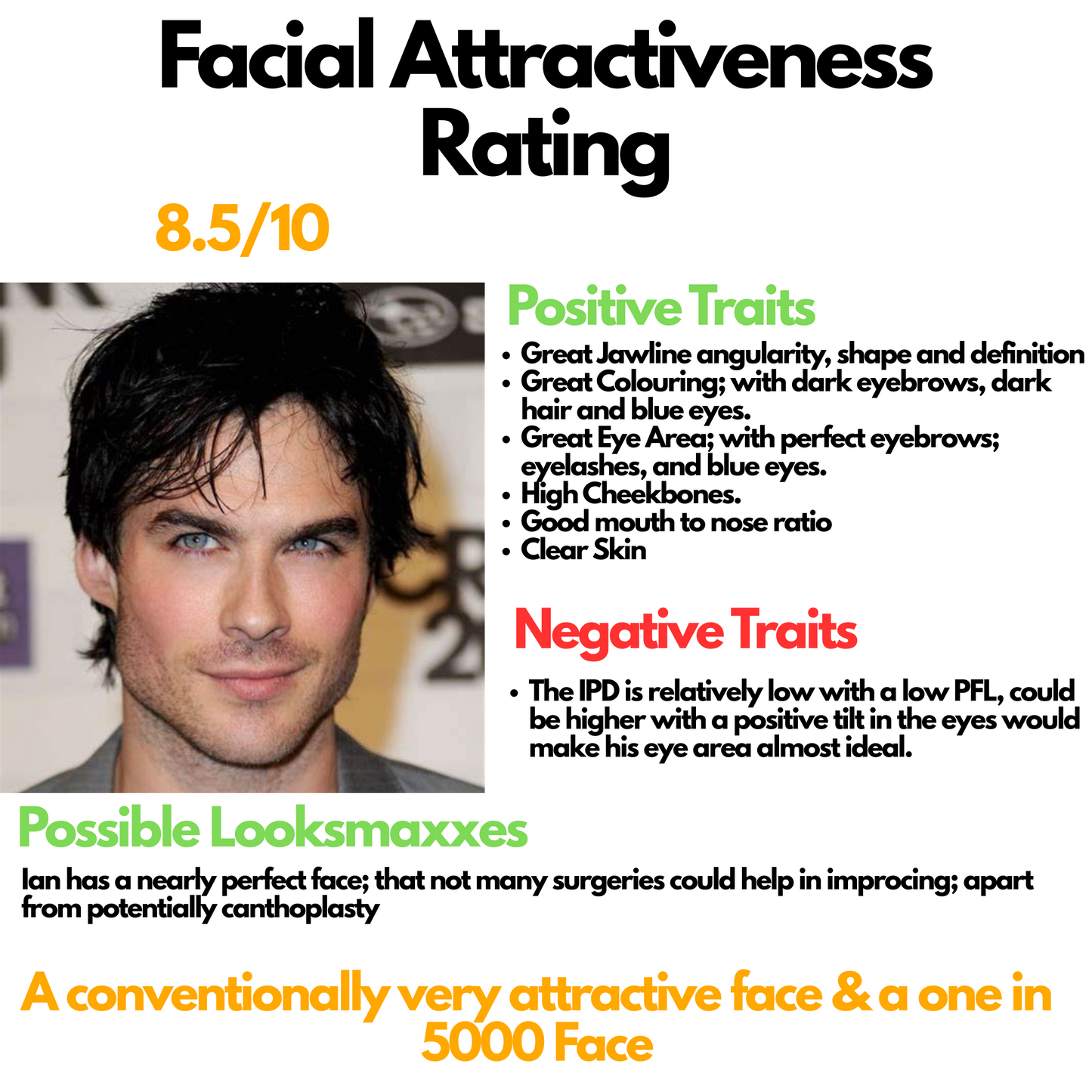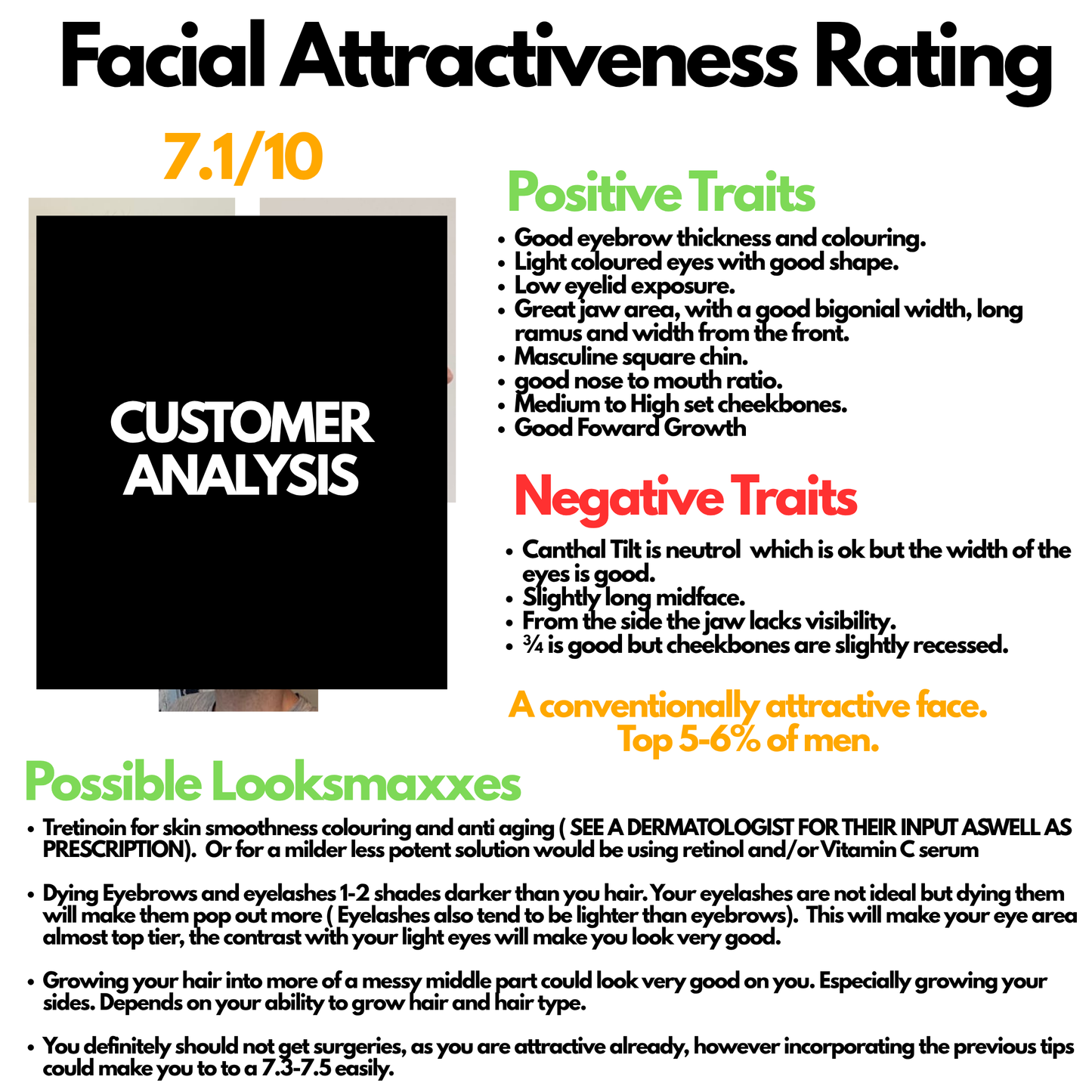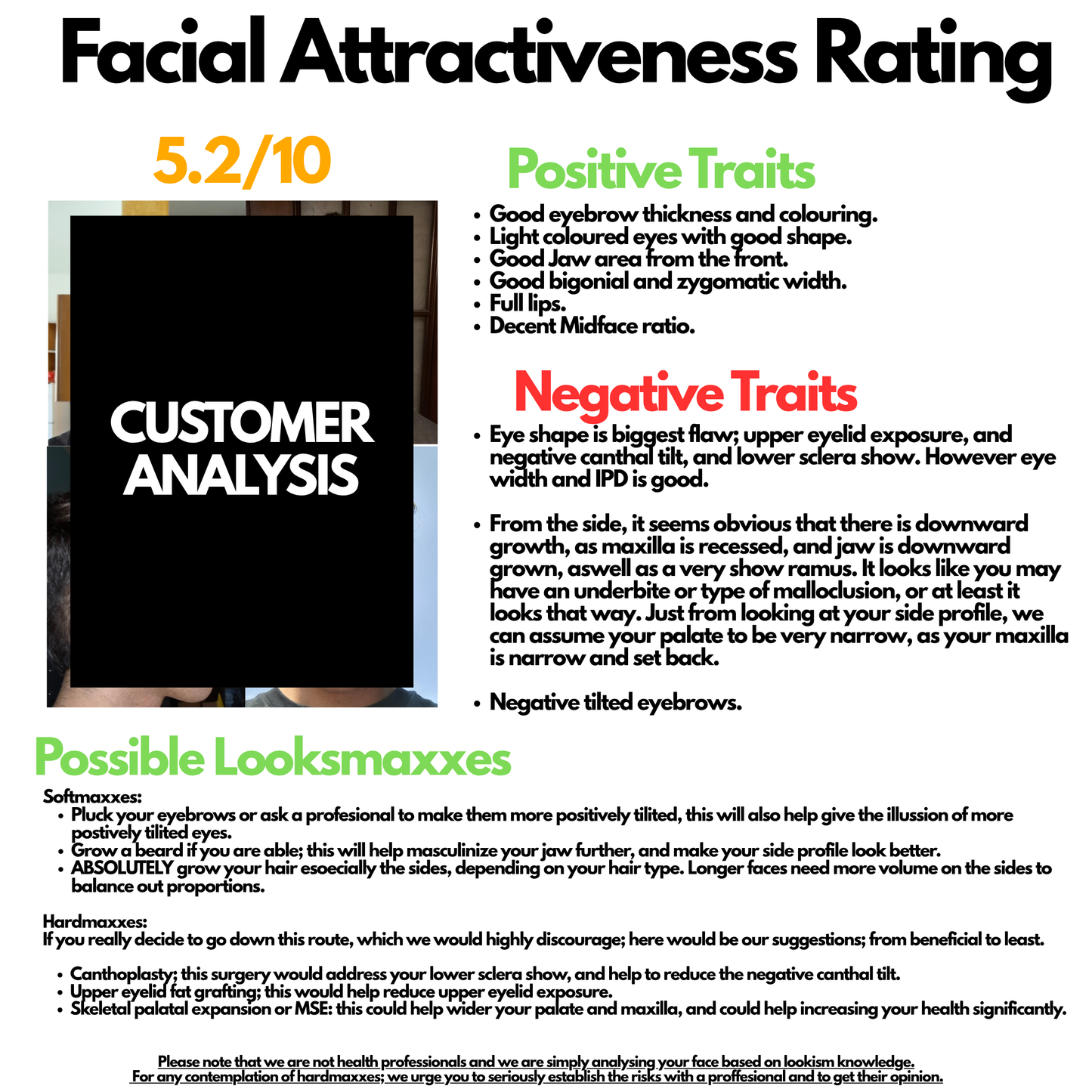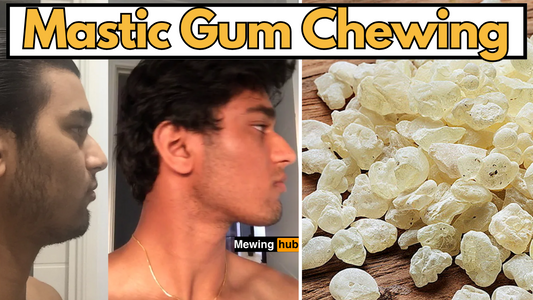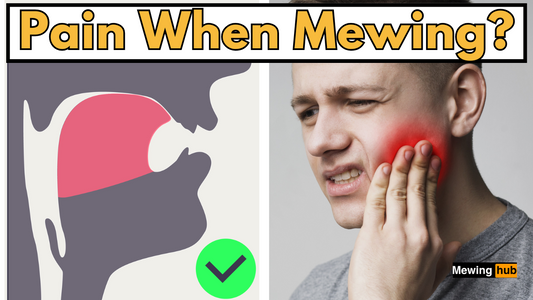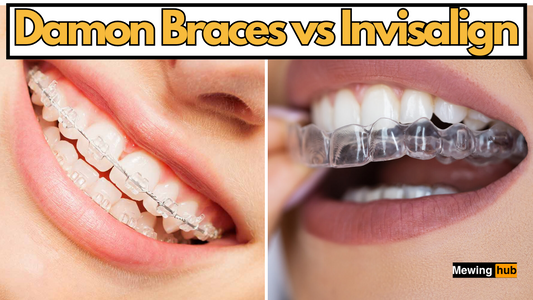Radio Frequency and Ultrasonic Cavitation for Tightening Face and Reducing Fat
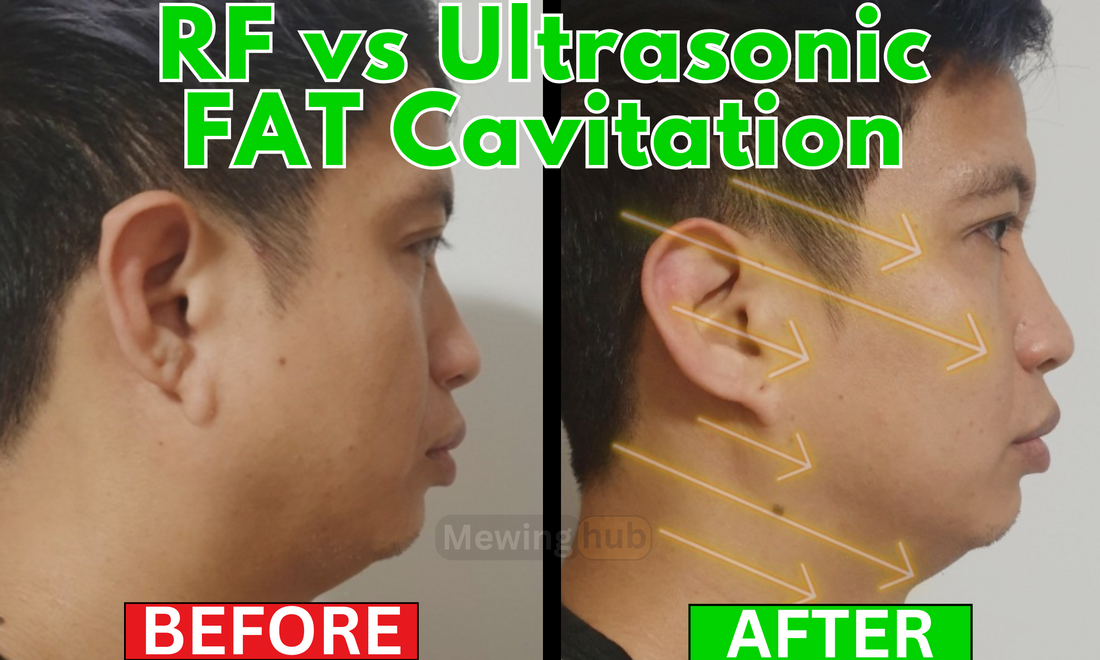
Share
What Is Radio Frequency Cavitation?
Radio frequency (RF) cavitation uses low-frequency radio waves to penetrate deep into the skin, heating the tissues and stimulating collagen production.
This process helps tighten the skin and reduce fat cells. The heat generated during RF cavitation causes fat cells to break down, which are then flushed out of the body through the lymphatic system.

Key Benefits of Radio Frequency Cavitation:
- Skin Tightening: RF cavitation is particularly effective at stimulating collagen and elastin production, making it ideal for tightening loose or sagging skin on the face.
- Cheek Fat Reduction: By targeting fat cells beneath the skin, RF cavitation can help reduce fat in areas like the cheeks, enhancing facial contours and helping achieve hollow cheeks.
- Improved Skin Texture: The increase in collagen production also improves skin texture, reducing fine lines and wrinkles.
What Is Ultrasonic Cavitation?
Ultrasonic cavitation works differently by using sound waves to break down fat cells. This method sends high-frequency sound waves into the skin, where they create small vibrations that disrupt fat cells. Like RF cavitation, the body then flushes out these destroyed fat cells naturally.

Key Benefits of Ultrasonic Cavitation:
- Fat Reduction: Ultrasonic cavitation is highly effective for reducing fat in specific areas of the face, such as the cheeks. It helps remove excess fat, leading to a more sculpted look.
- Non-Invasive: Like RF cavitation, ultrasonic cavitation is a non-invasive treatment, making it a safe option for those looking to contour their face without surgery.
- No Downtime: The treatment is painless and doesn’t require recovery time, making it a convenient option for those seeking gradual fat reduction.
How These Cavitation Techniques Tighten the Face and Reduce Cheek Fat
Both radio frequency cavitation and ultrasonic cavitation are popular in the world of non-surgical facial contouring.
These treatments are designed to help reduce facial bloating, slim the cheeks, and tighten the skin, all of which contribute to a more defined, youthful appearance. Whether you're looking to achieve hollow cheeks or reduce sagging skin, both techniques offer solutions for looksmaxxing.

The Process:
- Fat Reduction: Both RF and ultrasonic cavitation target the fat cells beneath the skin, using heat or sound waves to break them down. These fat cells are then naturally removed by the body over time, resulting in slimmer cheeks and a more defined face.
- Skin Tightening: By promoting collagen production, these treatments can also tighten loose or sagging skin. This is especially beneficial for those who want to maintain youthful, firm skin as part of their looksmax journey.
Studies on the Effectiveness of Radio Frequency and Ultrasonic Cavitation
Scientific studies support the efficacy of both radio frequency and ultrasonic cavitation for fat reduction and skin tightening.
-
Radio Frequency Cavitation:
- A 2014 study published in the Journal of Cosmetic and Laser Therapy found that radio frequency is effective for skin tightening, as it stimulates collagen production, leading to visible improvements in skin firmness. The study noted significant improvements in skin laxity, particularly in the facial area, after multiple sessions of RF cavitation .
- A study in Lasers in Surgery and Medicine showed that radio frequency significantly reduced cheek fat after several treatments. Participants reported improvements in facial contour, along with tighter skin and enhanced cheek definition .
-
Ultrasonic Cavitation:
- A 2019 study in Aesthetic Plastic Surgery highlighted the effectiveness of ultrasonic cavitation for fat reduction, especially in targeted areas like the cheeks and jawline. Participants saw measurable fat loss, with no damage to surrounding tissues .
- Another study in Clinical, Cosmetic and Investigational Dermatology found that ultrasonic cavitation reduced facial fat while improving skin elasticity, making it a powerful tool for both fat reduction and skin tightening .
Which Cavitation Method Is Best for You?
When deciding between radio frequency cavitation and ultrasonic cavitation, it’s essential to consider your specific goals for looksmaxxing.
-
For Skin Tightening: If your primary goal is to tighten loose skin, especially around the jawline or cheeks, radio frequency cavitation may be the better option. Its ability to stimulate collagen production makes it ideal for those looking to achieve firm, youthful skin.
-
For Fat Reduction: If you're primarily focused on cheek fat reduction or targeting stubborn fat deposits in the face, ultrasonic cavitation may offer better results. Its high-frequency sound waves are highly effective at breaking down fat cells without affecting the surrounding skin.
For Hollow Cheeks:
If your goal is to achieve hollow cheeks—a key aesthetic goal in looksmaxxing—both treatments can help. Ultrasonic cavitation may be more effective for reducing fat in the cheeks, while radio frequency can help tighten and contour the skin, creating a more sculpted appearance.
Combining Treatments for Maximum Looksmaxxing
For those looking to achieve the best possible results, combining both radio frequency cavitation and ultrasonic cavitation may be the ideal approach. By alternating treatments, you can reduce fat in the cheeks while also tightening the skin, ensuring a smooth, firm appearance. This combination is excellent for achieving a chiseled, looksmaxxing appearance with both hollow cheeks and tightened skin.
Safety Considerations for Cavitation Treatments
While radio frequency and ultrasonic cavitation are generally safe, it's important to remember that these treatments should be performed by trained professionals. We do not recommend attempting these procedures on your own, as improper use of devices can lead to burns, skin damage, or ineffective results.
It is strongly advised to visit a certified medical aesthetic facility where experienced practitioners can assess your needs and ensure the treatment is applied safely and effectively. Professionals at these facilities are trained to adjust the settings and frequency of the treatments to suit your skin type and facial structure, ensuring optimal and safe results.
Conclusion
Both radio frequency cavitation and ultrasonic cavitation are effective, non-invasive methods for reducing facial fat and tightening the skin.
For those looking to achieve hollow cheeks, a more defined jawline, or simply reduce puffiness and bloating, these treatments offer a safe and effective way to looksmax without surgery.
Depending on your goals, one may be better suited to your needs, but both provide significant benefits when it comes to facial debloating, fat reduction, and skin tightening.
By understanding the differences and strengths of each cavitation method, you can make an informed choice on the best treatment for your looksmaxxing journey.



